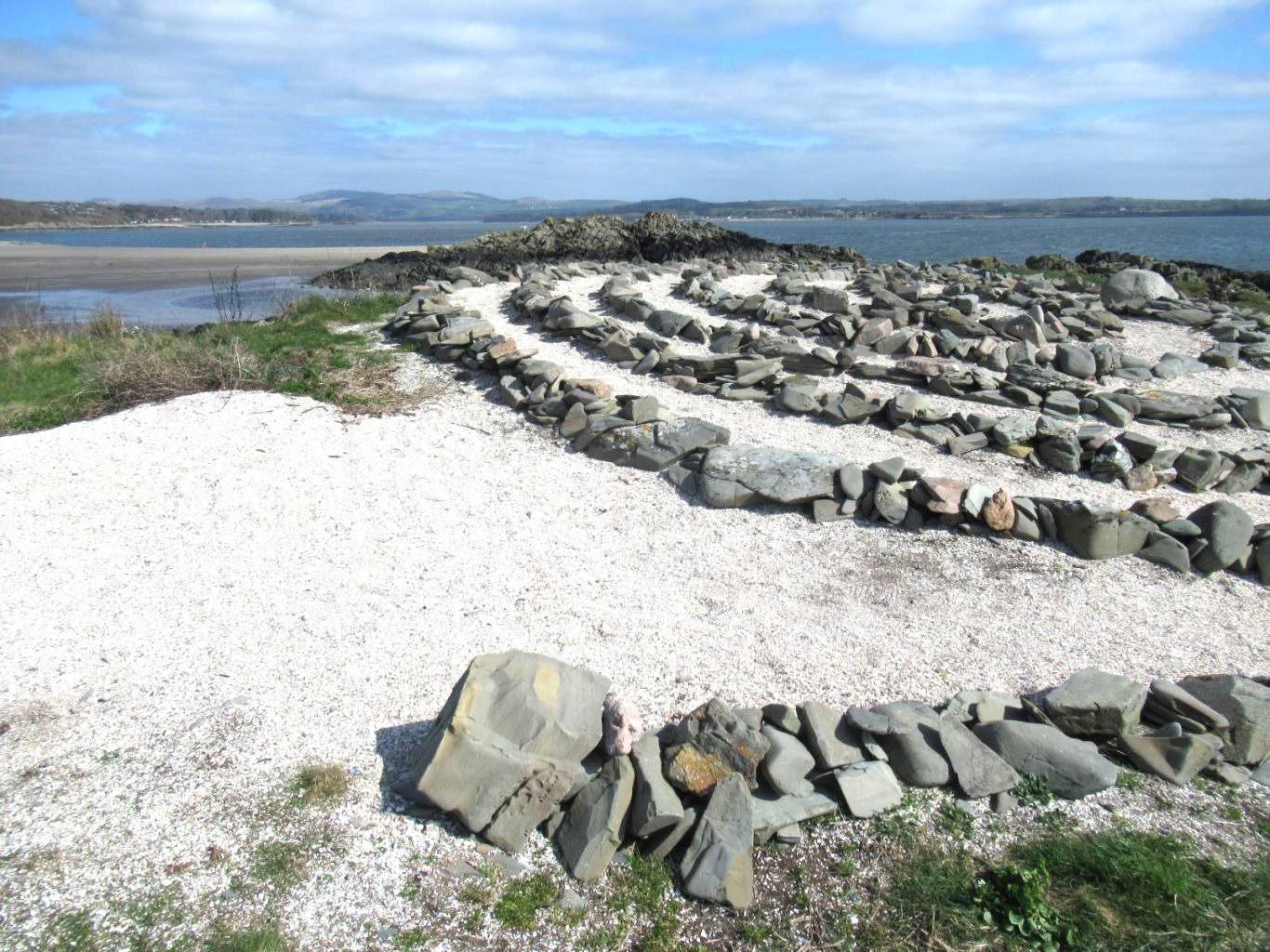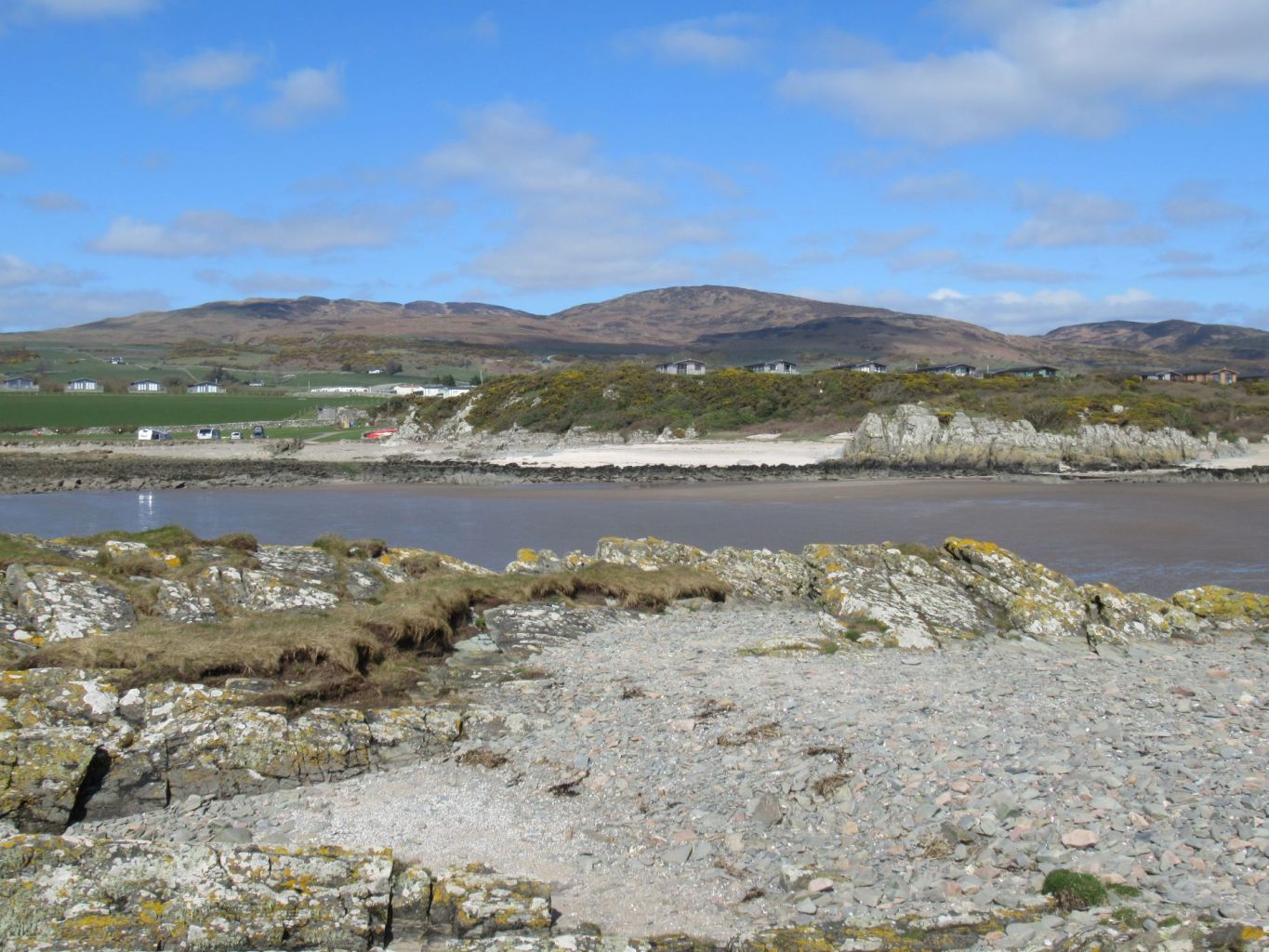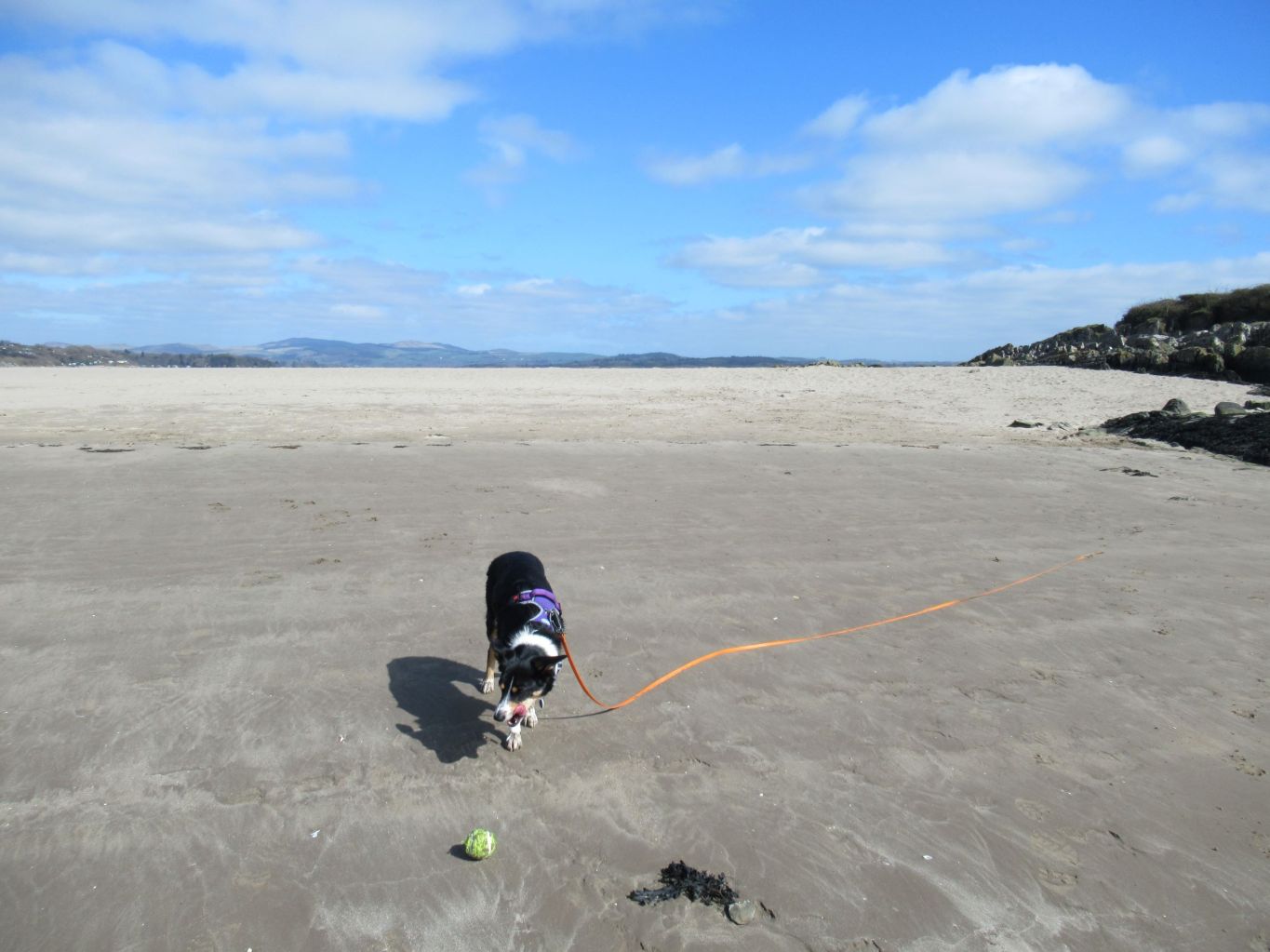On a rainy summer morning we set off to walk to the deserted settlement of Eòrasdail on the island of Vatersay.

Vatersay is the most southerly inhabited island in the Outer Hebrides and since 1991 it has had a causeway linking it to the larger island of Barra.
The weather was forecast to improve but as it was so wet to start with we were tempted to call into Bùth Bharraigh, the community shop in Castlebay, for a coffee. We lingered over our delicious fairtrade coffee and homemade date and oat slice then picked up a few extras for our picnic, including some wholefoods from the self-service ‘refillery’.
By the time we left, it was much later than we’d intended! The rain had stopped and it was warm and sunny as we drove across the causeway onto Vatersay.

We passed the East and West Beaches where the north and south of the island is joined together by a stretch of machair with the sea on both sides.
From the village we headed south, following a sandy track across the machair. It wasn’t long before the South Beach came in to view. It was completely deserted and it was tempting to stop here for a while and have our picnic lunch but our plan was to carry on to the deserted village and have our lunch on the little beach there.

It was a day of very mixed weather and clouds rolled in soon after leaving the South Beach. The sea and the sky turned grey and it rained for a while.
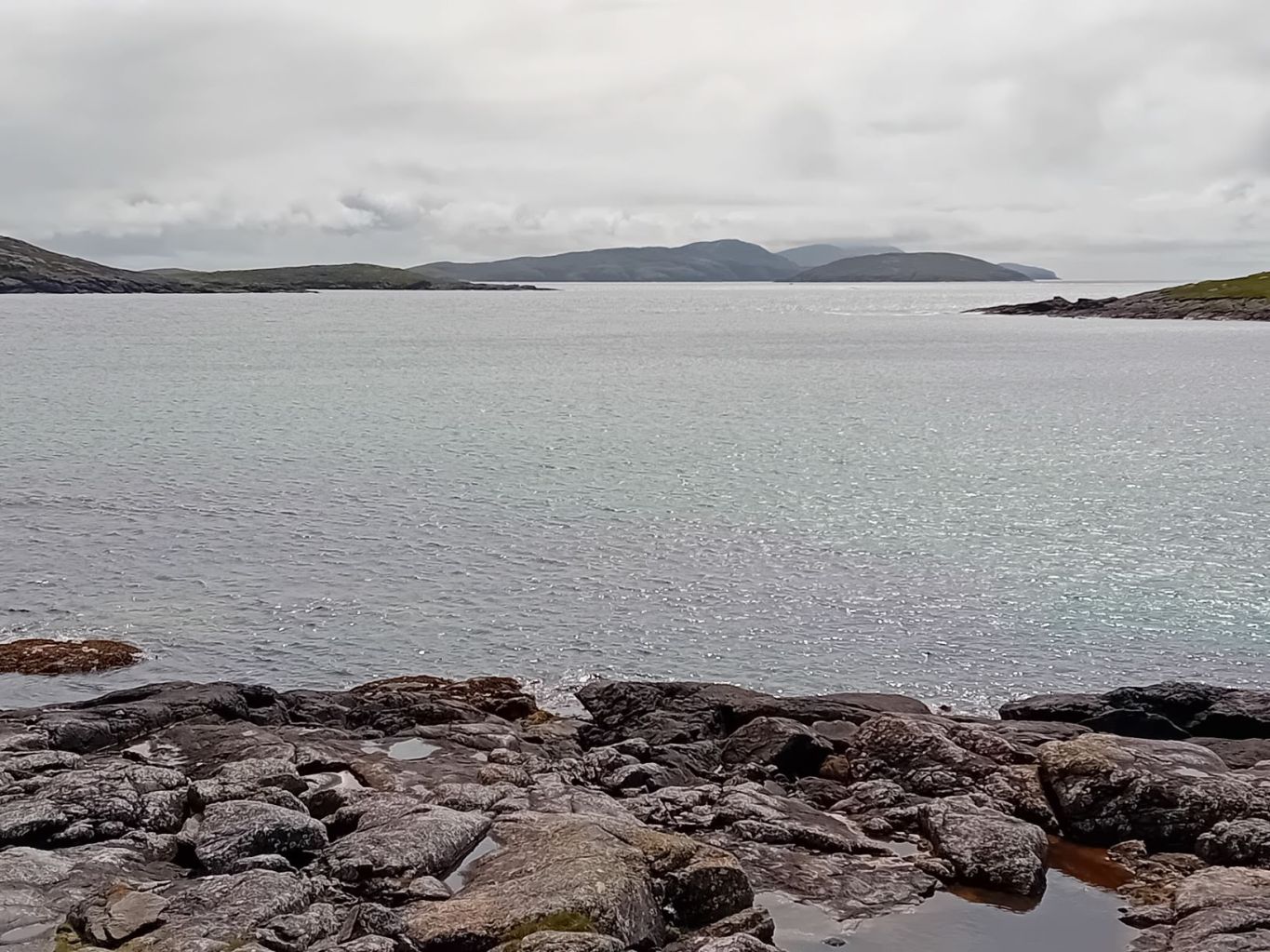

We made our way eastwards, climbing a couple of small rises until we had our first glimpse of the deserted village, nestled in an area of grassy machair between two rocky hillsides.

Whichever way you approach Eòrasdail from it’s a strange site, with a collection of gable end walls and some chimney stacks rising out of the machair. Only one house with intact walls remains. On a misty day it can look quite eerie.


The houses were built during the early decades of the 20th century and unlike the old black houses with their thick stone walls and thatched roofs, most of the houses here were built of corrugated iron or wood, with only the gable ends made of stone.

The stone gable ends and their fireplaces are still standing but the other walls have long since disintegrated.

The Vatersay Raiders and the origins of the settlement
The settlement at Eòrasdail was originally established by fishermen from Mingulay who had no land of their own and who’s life had become desperate and unsustainable due to pressure for land and other difficulties such as the lack of a pier and safe landing place. For years they had been pleading with the absentee landowner for some land on Vatersay to grow crops and graze their animals but this was never granted. In 1906 they moved onto Vatersay and invoked a supposed old law that stated that they they had the right to settle if they built a dwelling and lit a fire in it within one day.
They became known as the Vatersay Raiders because they had settled there illegally and had built huts and planted potatoes without permission and remained there despite interdicts served against them by the landowner, Lady Gordon Cathcart.
They had been joined by men from Barra who were in a similar predicament but in 1908 ten of the men were summoned to court in Edinburgh because they refused to leave. They were given 2 month prison sentences but there was a great amount of public support and sympathy towards them and in the end the government was persuaded to buy the island and divide it up into 58 crofts.
Land was allocated throughout the island, including at Eòrasdail, and the population started to rise again.
Off all the new settlements on Vatersay, Eòrasdail was the least popular because of it’s remote position. When there was a scheme to build paths and jetties for the different townships Eorasdail missed out. It was neglected again in the 1950’s when there was a road building scheme on the island. It never got a proper path, let alone a road, to connect it to the rest of the island. The last house was built in 1936 and by the late 1960’s the village was abandoned due to its remoteness.

Just below the houses is a pebbly beach. We had our picnic here and then walked to the next bay where there was a small sandy beach.

Leaving Eòrasdail, we retraced our steps back the way we’d come so we could return to the South Beach. By now the sun had come out again and the beach looked glorious.
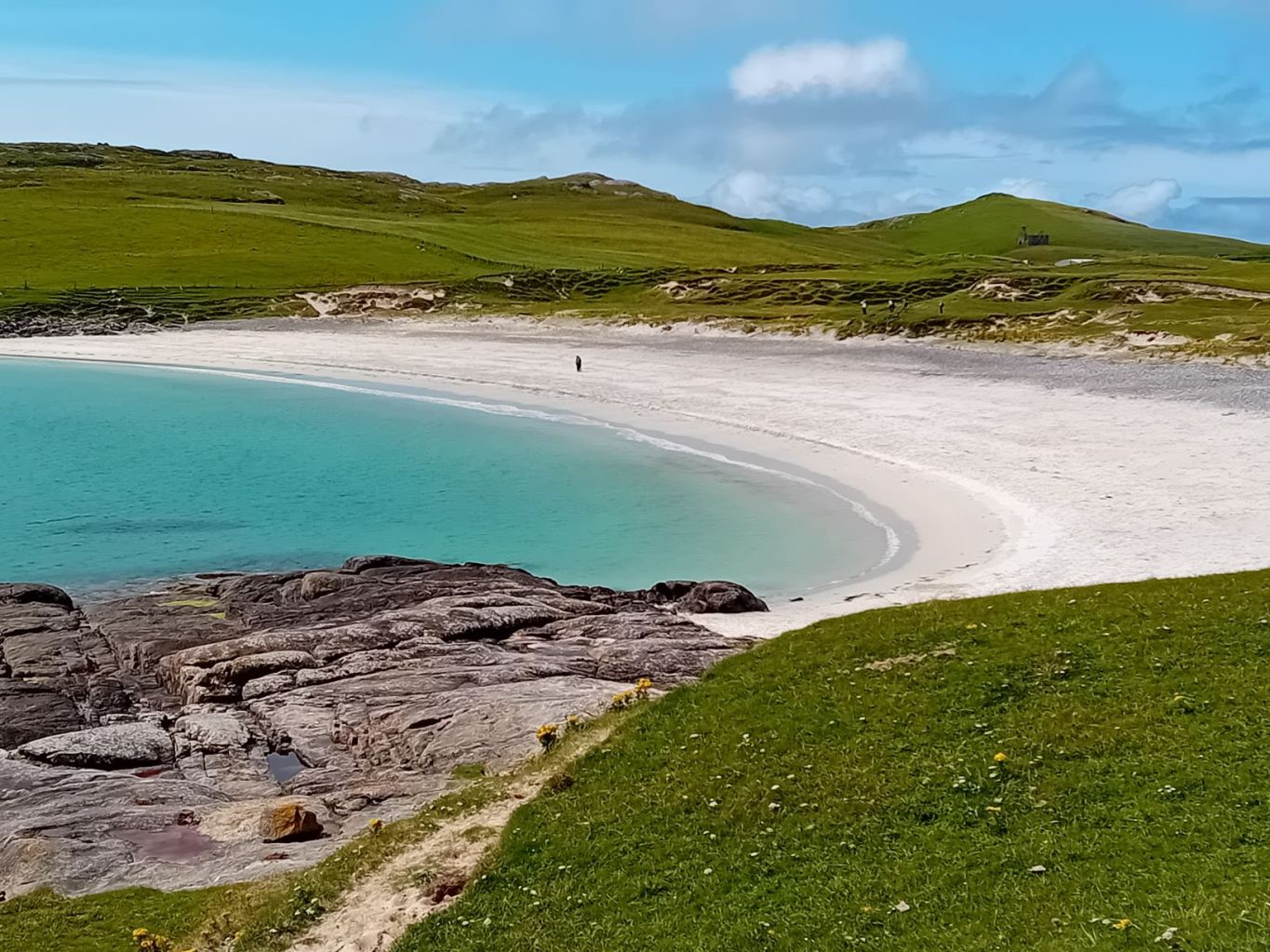

Heading back across the machair to Vatersay village.














